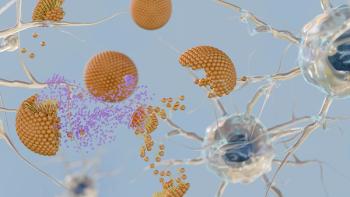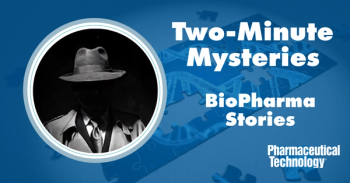
Waters Corporation and NIBRT Partner to Create UPLC Glycan Database
Waters Corporation (Milford, MA) and Ireland's National Institute for Bioprocessing Research and Training (NIBRT, Dublin, Ireland) have formed a collaboration that will create the world?s first database for glycan analysis by UltraPerformance liquid chromatography (UPLC).
Waters Corporation (Milford, MA) and Ireland's National Institute for Bioprocessing Research and Training (NIBRT, Dublin, Ireland) have formed a collaboration that will create the world’s first database for glycan analysis by UltraPerformance liquid chromatography (UPLC). NIBRT will develop, maintain, and license the database while Waters and NIBRT will co-market it worldwide. The database is expected to be available in 2011.
Protein glycosylation is strongly influenced by environmental factors during cell culture such as dissolved oxygen, pH, carbon source, and temperature. Changes in any of these conditions at any point in the process can put product integrity at risk; so consistent glycosylation is a sensitive marker of a well-controlled process. Given the number of possible glycan structures that can attach to a protein, it can be extremely difficult and time-consuming for life sciences laboratories to identify and quantify them all.
The new database will be a repository of chromatographic retention times for sets of glycan structures associated with a range of biotherapeutics. The aim is to give biopharmaceutical manufacturers a timely tool for confirming the structure of various glycosylated proteins. Armed with more rapid and accurate information about glycosylation during the various stages of the manufacturing process, biopharmaceutical manufacturers potentially can gain a greater degree of control over their manufacturing process in line with regulatory guidelines aimed at guaranteeing safe and efficacious biotherapeutics.
Recent advances in chromatographic approaches are leading to better resolution, sensitivity, and speed for greater reliability during the qualitative and quantitative analysis of protein glycosylation. UPLC is a useful approach for analyzing biomolecules and the glycan structures attached to them, and for determining the relative proportions of each glycan structure.
When available, the combination of NIBRT's database together with the Waters UPLC glycan solution will assign glycan structures—complex, neutral, high-mannose, and sialylated—to each UPLC peak for confirming known structures present in a sample or to look at Gu values and identify unknown or unexpected glycans.
Newsletter
Stay at the forefront of biopharmaceutical innovation—subscribe to BioPharm International for expert insights on drug development, manufacturing, compliance, and more.





